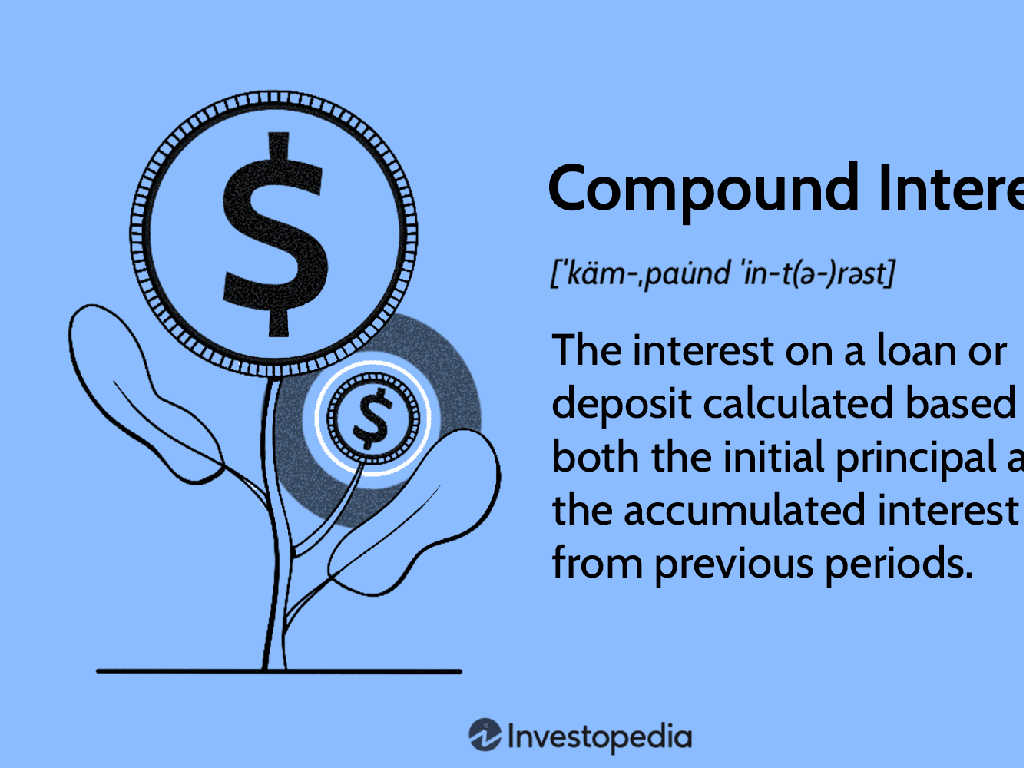Early Islamic Caliphates
Subject: Social studies
Grade: Seventh grade
Topic: Islamic Empires
Please LOG IN to download the presentation. Access is available to registered users only.
View More Content
Exploring Early Islamic Caliphates
– Introduction to Islamic Empires
– Significance of Islamic caliphates
– Caliphates expanded knowledge in science, culture, and trade.
– Overview of Early Caliphates
– Focus on the Rashidun and Umayyad Caliphates.
– Impact on modern civilization
– Their contributions influence today’s science, law, and art.
|
This slide introduces students to the grandeur of the Islamic Empires and the pivotal role of the caliphates in shaping world history. Emphasize the expansion of knowledge and culture during this era, including advancements in science, mathematics, and art. Highlight the Rashidun and Umayyad Caliphates as the early Islamic caliphates, discussing their governance, territorial expansion, and lasting impact on modern civilization. Encourage students to consider how these historical developments continue to influence contemporary society in various fields. This overview sets the stage for a deeper dive into the specifics of the Islamic caliphates in subsequent lessons.
The Birth of Islam and Early Caliphates
– Prophet Muhammad’s role
– Founder of Islam, received revelations that became the Quran
– Significance of Mecca & Medina
– Mecca: birthplace of Muhammad & Islam’s holiest city; Medina: his burial site
– Key Islamic teachings
– Belief in one God, prayer, charity, fasting, pilgrimage
– Unity of Arab tribes
– Teachings helped unite diverse Arab tribes under Islam
|
This slide introduces students to the origins of Islam and its early expansion under the caliphates. Muhammad’s role as the Prophet is central to the birth of Islam, with his revelations forming the Quran. Mecca and Medina are crucial to understanding Islam’s historical and spiritual context, serving as pivotal locations in Muhammad’s life. The key teachings of Islam, including the Five Pillars, provided a foundation that helped to unite the Arab tribes. This unity was instrumental in the rapid spread of Islam and the establishment of the early Islamic caliphates. Encourage students to consider the impact of these events on the cultural and political landscape of the time.
The First Four Caliphs: Rashidun Caliphate
– Rashidun Caliphate introduction
– The Rashidun Caliphate was the first Islamic caliphate after Prophet Muhammad.
– Roles of Abu Bakr, Umar, Uthman, Ali
– Each caliph contributed to the empire’s foundation and Muslim community.
– Expansion under the Rashidun
– The caliphate expanded rapidly, spreading Islam across regions.
– Challenges faced by early caliphs
– They dealt with internal conflicts and managing a growing empire.
|
This slide introduces the Rashidun Caliphate, the period following Prophet Muhammad’s death when the first four caliphs led the Islamic community. Highlight the significance of each caliph: Abu Bakr’s leadership in consolidating Islam, Umar’s role in expanding the empire, Uthman’s compilation of the Quran, and Ali’s wisdom and challenges. Discuss the rapid expansion of the empire during this period, which included military conquests and spreading Islamic teachings. Address the challenges they faced, such as political disputes and maintaining unity in a rapidly growing empire. Encourage students to reflect on how these leaders shaped the early Islamic state and the importance of their legacies in Islamic history.
The Umayyad Caliphate: Expansion and Achievements
– Founding of the Umayyad Caliphate
– After the death of Prophet Muhammad, the Umayyads established their rule.
– Umayyads’ major achievements
– They made significant advancements in architecture, arts, and administration.
– Expansion under the Umayyads
– The Umayyad empire expanded vastly, reaching Spain and parts of India.
– Capital moved from Mecca to Damascus
– Damascus offered a strategic and political advantage as the new capital.
|
The Umayyad Caliphate was a significant period in Islamic history, marking the first major dynasty after the Prophet Muhammad’s death. It was established by Muawiya ibn Abi Sufyan and saw a considerable expansion of the empire, making it one of the largest empires in history at that time. The Umayyads were known for their contributions to Islamic architecture, with the construction of the Dome of the Rock and the Great Mosque of Damascus. The shift of the capital to Damascus was a strategic move that allowed better control over the vast territories. This slide will explore the reasons behind the Umayyad’s success and the importance of their capital relocation. Encourage students to think about how moving a capital can impact an empire’s governance and culture.
The Abbasid Caliphate: A Golden Era
– Emergence of the Abbasid Caliphate
– Overthrew the Umayyad dynasty in 750 CE, shifting power to Baghdad
– The Golden Age of Islamic culture
– Flourishing of science, philosophy, medicine, and literature
– Baghdad: Hub of knowledge
– Renowned for its libraries, scholars, and intellectual gatherings
– Contributions to arts and sciences
– Advances in algebra, astronomy, and the translation of ancient texts
|
The Abbasid Caliphate marked a significant period in Islamic history, known for its cultural and scientific achievements. The Abbasids came to power by overthrowing the Umayyads, establishing Baghdad as the capital, which became a melting pot of different cultures and a beacon of learning. During this Golden Age, there was an unprecedented outpouring of knowledge and innovation. Scholars in Baghdad made lasting contributions to various fields, including the arts and sciences. The city’s House of Wisdom was a key institution where scholars translated and preserved knowledge from around the world. This slide aims to give students an overview of the Abbasid Caliphate’s impact on the world and its enduring legacy in various fields of study.
Daily Life in the Early Islamic Caliphates
– Social hierarchy in caliphates
– Caliphates had a structured society with caliphs at the top, followed by merchants, scholars, and craftsmen.
– Trade’s role in economy
– Trade routes like the Silk Road enriched the Islamic economy, spreading goods and ideas.
– Cultural advancements
– The Islamic Golden Age saw a flourish in arts, architecture, and literature.
– Scientific contributions
– Advances in mathematics, medicine, and astronomy, like algebra and the astrolabe, were significant.
|
This slide aims to give students a glimpse into the complex social and economic structures of the early Islamic caliphates, as well as their rich cultural and scientific legacy. Emphasize the stratified yet dynamic social system, the importance of trade routes in establishing a thriving economy, and the remarkable cultural achievements during the Islamic Golden Age. Highlight the enduring impact of scientific innovations from this era, such as the development of algebra and improvements in medical knowledge. Encourage students to consider how these contributions have shaped modern society. Provide examples like the astrolabe, which helped navigators, and the influence of Islamic architecture seen in the use of intricate geometric patterns.
The Decline of the Early Islamic Caliphates
– Factors leading to decline
– Internal strife, invasions, and economic issues
– Fragmentation of authority
– Rise of local rulers and loss of centralized power
– Legacy of the caliphates
– Cultural and scientific contributions persisted
|
This slide aims to explain the complex reasons behind the decline of the early Islamic caliphates. Discuss the internal and external pressures that led to the weakening of the caliphates, such as political discord, invasions by the Mongols and Crusaders, and economic challenges. Highlight the fragmentation of Islamic authority as local rulers gained more power and the central authority of the caliph diminished. Emphasize the enduring legacy of the caliphates, including the spread of Islam, the preservation of knowledge, and the contributions to arts, science, and architecture. Encourage students to reflect on how the achievements of the early Islamic caliphates continue to influence the modern world.
Class Activity: Life in the Caliphate
– Divide into groups for role-play
– Prepare a skit on caliphate life
– Choose a character: trader, scholar, artisan, or ruler
– Discuss role interactions
– Reflect on societal structure
– How did different roles contribute to caliphate society?
|
This activity aims to immerse students in the historical context of the Early Islamic caliphates by role-playing. Divide the class into small groups and assign each a different societal role within the caliphate, such as traders, scholars, artisans, or rulers. Each group will create and perform a short skit that illustrates a day in the life of their character, highlighting the daily activities and societal contributions of that role. After the performances, lead a discussion on how these roles interacted with each other and the impact they had on the society and culture of the caliphates. Encourage students to reflect on the complexity of the social structure and the interdependence of various roles. This will help them understand the diversity and richness of the Islamic empires. Possible activities: 1) A marketplace scene with traders and artisans, 2) A scholarly debate in a madrasa, 3) A consultation between a ruler and advisors, 4) A cultural festival with various societal roles interacting.






